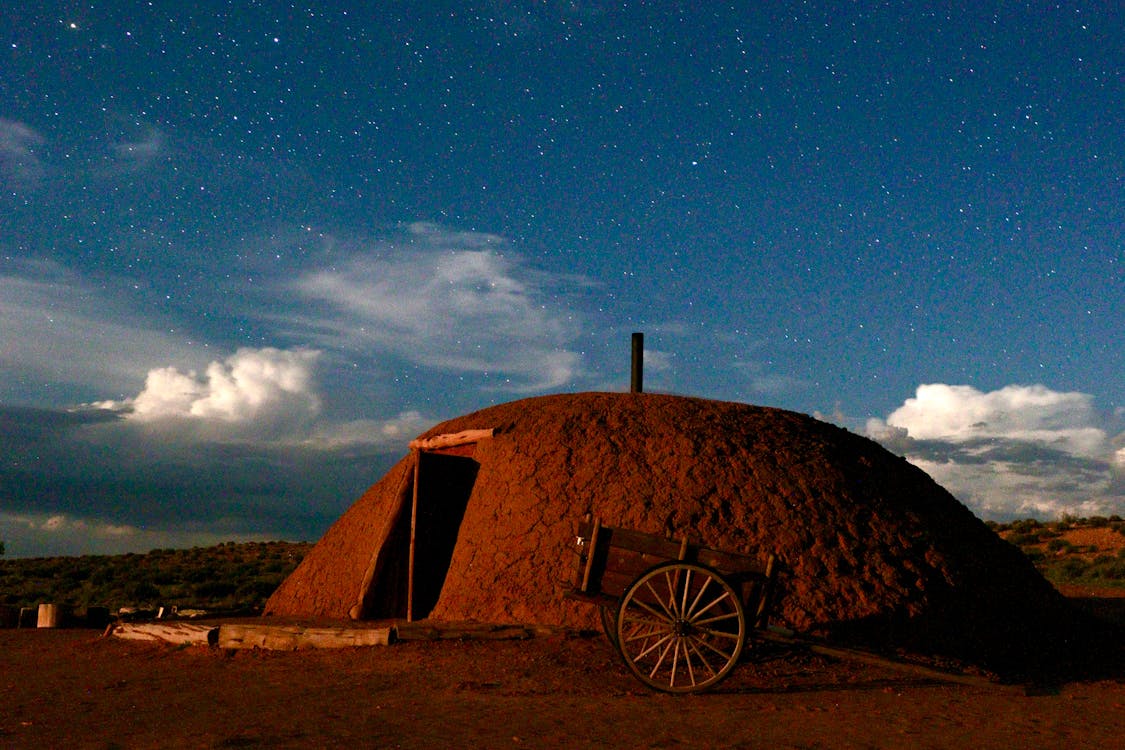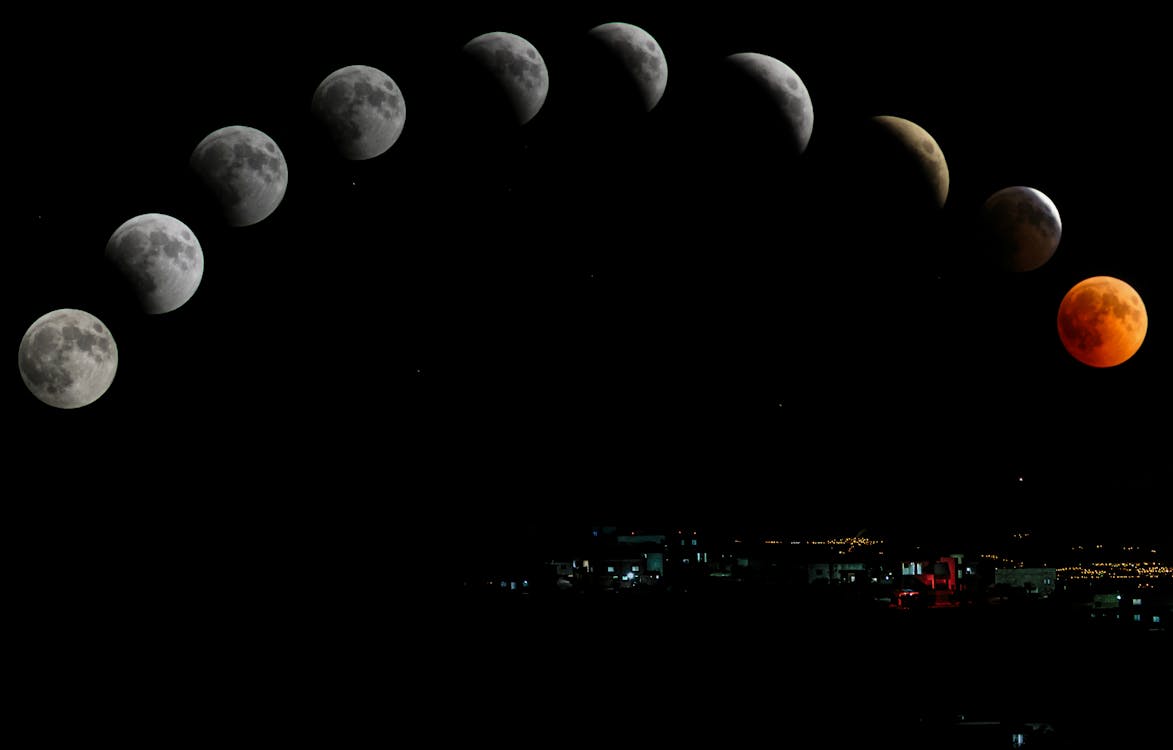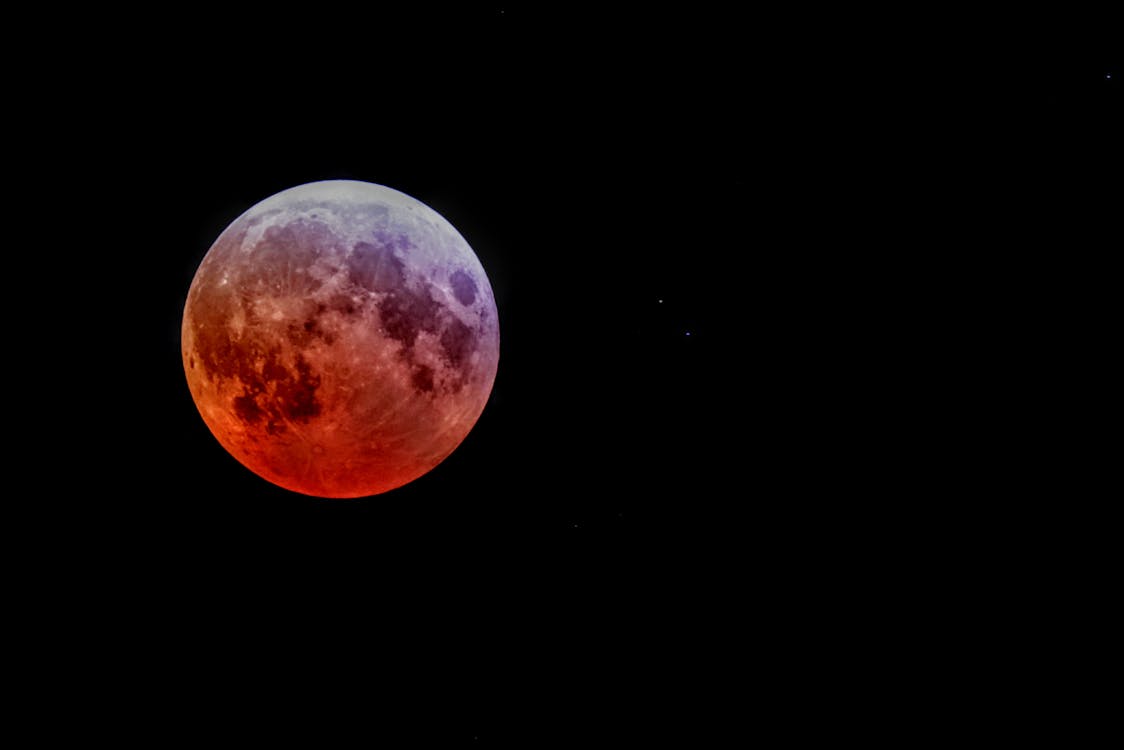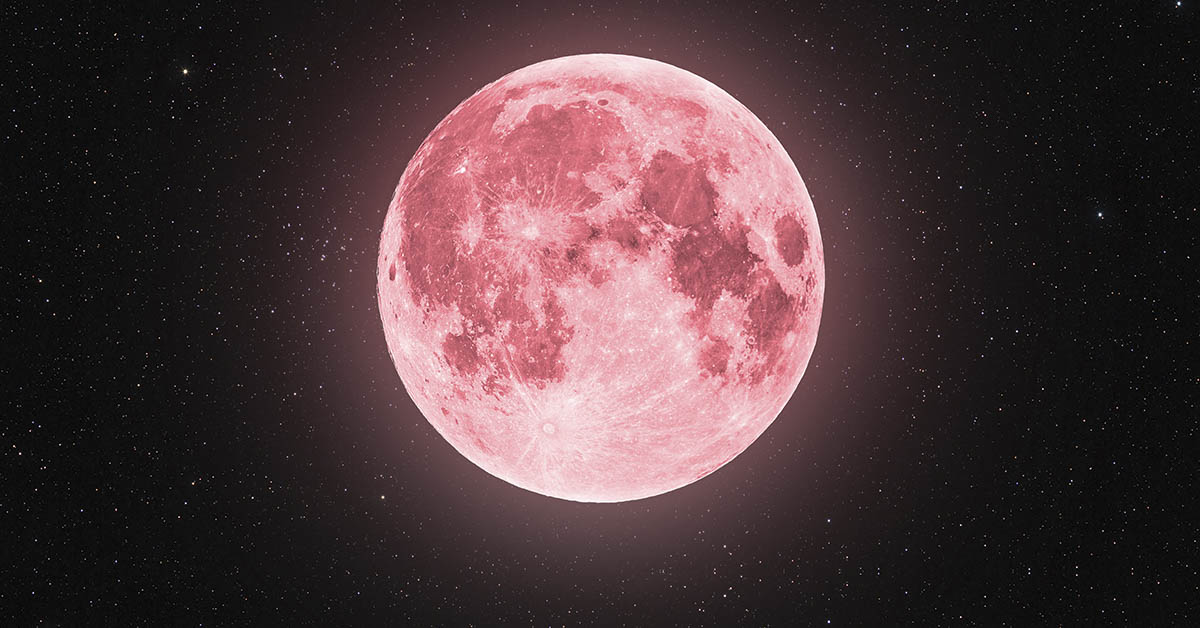The Strawberry Moon, also known as the Blooming Moon is a captivating celestial event that lights up the night sky every June. Named after the strawberry harvesting season by Native American tribes, this full moon holds both cultural and astronomical significance. This year, sky watchers and moon enthusiasts alike are eagerly anticipating the arrival of the Blooming Moon, a perfect opportunity to connect with nature and the cosmos.
What is the Strawberry Moon?

The Strawberry Moon is the name given to the full moon that occurs in June. Its title originates from Native American tribes, who marked this time of year as the peak of strawberry harvesting. Additionally, it is one of twelve traditional full moons, each with unique names reflecting the natural events and cycles of the seasons.
When and Where to See the Strawberry Moon

In 2025, the Strawberry Moon will reach its peak fullness on June 24th. This spectacular lunar event will be visible across much of the world, particularly in the Northern Hemisphere. For the best experience, plan to view the moon as it rises in the evening, when it appears largest and most luminous against the darkening sky.
Cultural Significance of the Strawberry Moon

This special event carries deep cultural meaning for many Native American tribes. It symbolizes a time of harvest and abundance, representing the earth’s generosity. Traditionally, this moon was celebrated with rituals and gatherings that honored nature’s cycles and the transition from spring to summer. Today, it remains a symbol of renewal and gratitude for many communities.
Astronomical Facts About this Significant Event

From an astronomical perspective, the Strawberry Moon is a standard full moon, occurring when the it is directly opposite the sun and fully illuminated. Unlike some other notable lunar events, it is neither a supermoon nor a lunar eclipse. Its significance lies in its timing within the lunar calendar, marking a key point in the year’s celestial cycle.
Read More: The Last Places for Unspoiled, Starry Nights on Earth
How to Photograph the Strawberry Moon

Capturing the beauty of the Strawberry Moon can be a rewarding challenge for photographers. To achieve the best results, use a camera equipped with a zoom lens and stabilize it with a tripod. Adjusting the exposure settings is crucial to avoid overexposing the moon’s bright surface. Experiment with different compositions, including silhouettes of trees or landmarks, to add interest to your moonlit shots.
Myths and Legends Surrounding the Strawberry Moon

Throughout history, the Strawberry Moon has inspired a variety of myths and legends. Different cultures have woven stories around its appearance, often attributing mystical qualities or omens to its glow. These tales add a sense of wonder and mystery to the event, enriching the experience for those who watch the moon rise each June.
The Significance Related to your Gardening Plans

Many gardeners believe that the Strawberry Moon influences planting and harvesting cycles. Folklore suggests that this full moon is an ideal time to plant certain crops or prepare the soil for the coming season. While scientific evidence is limited, these traditions persist, reflecting humanity’s enduring connection to lunar rhythms and the natural world.
Events and Celebrations for the Strawberry Moon

Across the globe, communities celebrate the Strawberry Moon with a range of events and activities. Moonlit hikes, local festivals, and educational programs about astronomy and nature are common ways to honor this special night. These gatherings foster a sense of community and encourage people to appreciate the beauty of the night sky.
Preparing for the Special Night

To make the most of the Strawberry Moon, consider organizing an outdoor gathering with friends or family. Bring binoculars or a telescope for a closer view, and take some time to learn about the moon’s phases and significance. With a bit of preparation, you can create a memorable experience that celebrates both the wonders of the cosmos and the traditions that have shaped our understanding of the night sky.
Read More: 17 Night Blooming Flowers to Create a Magical Moon Garden

